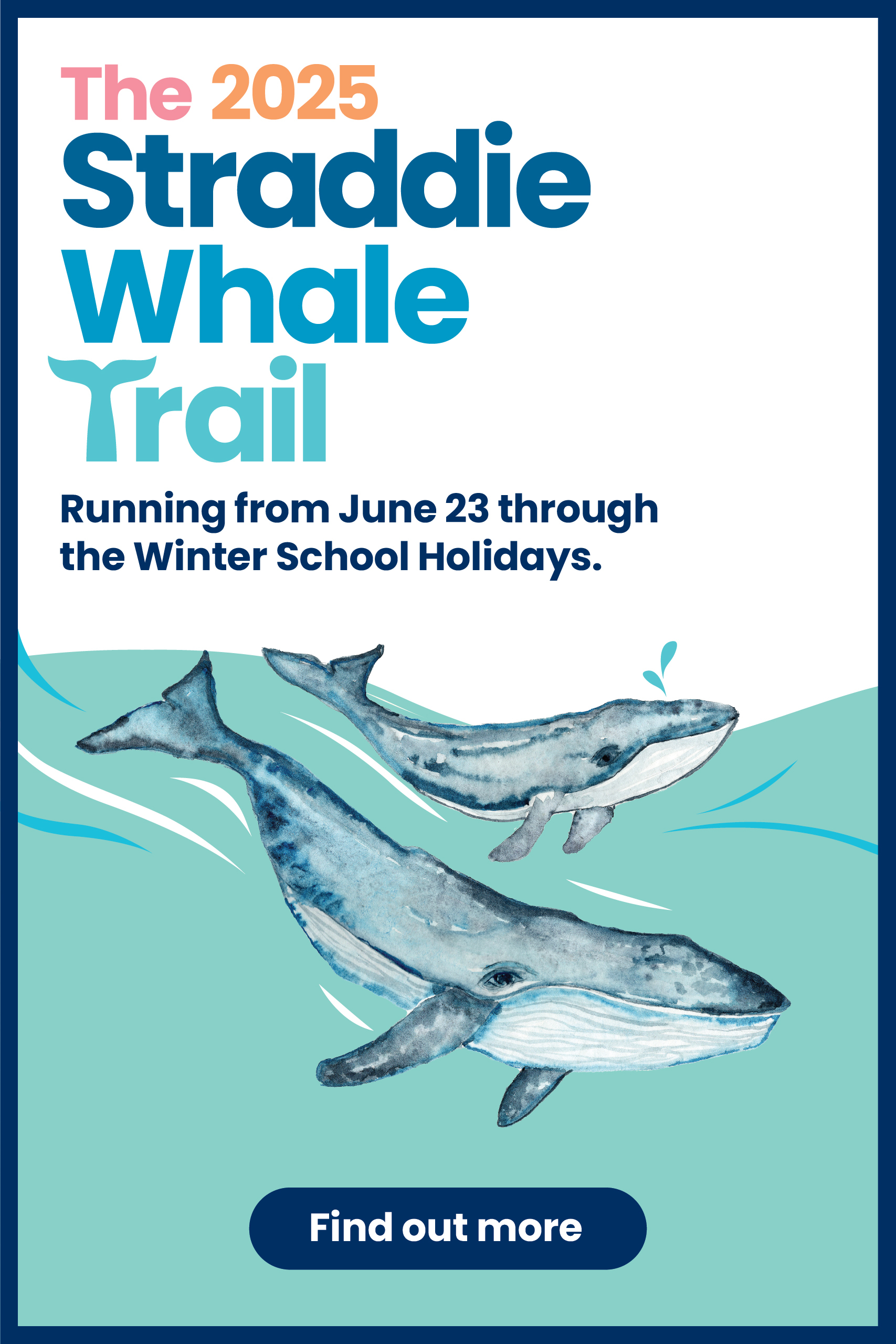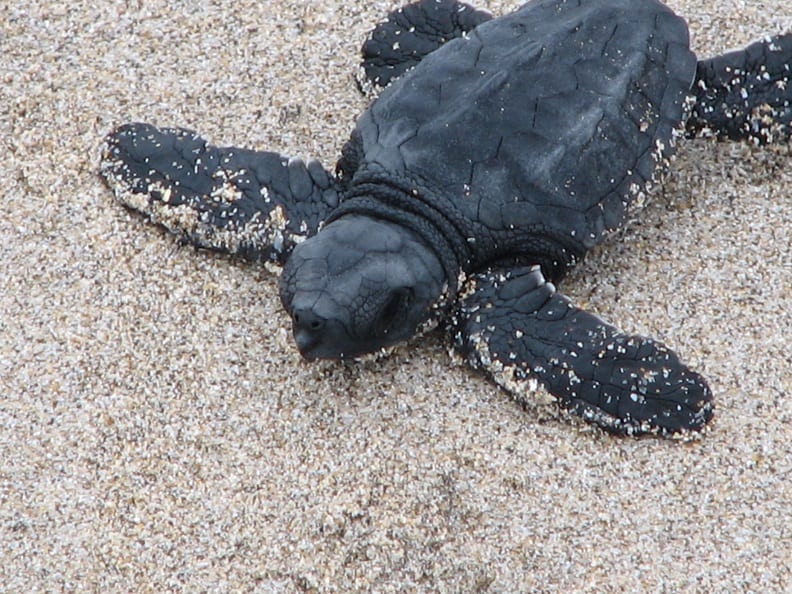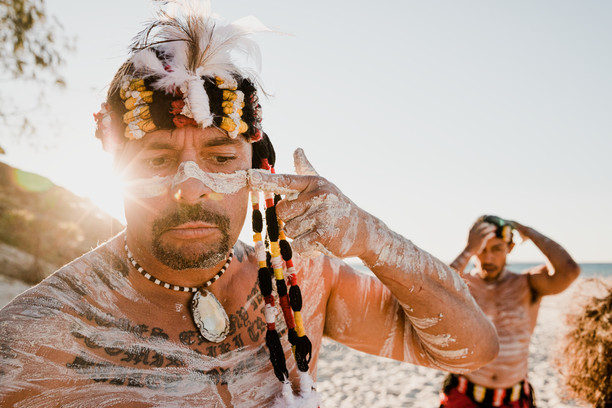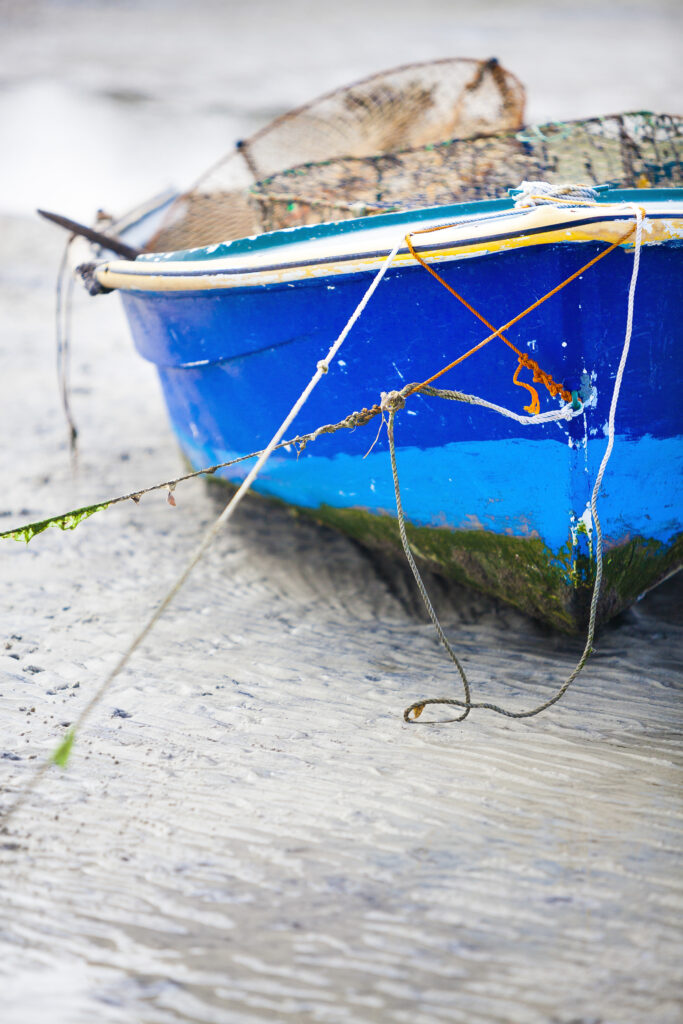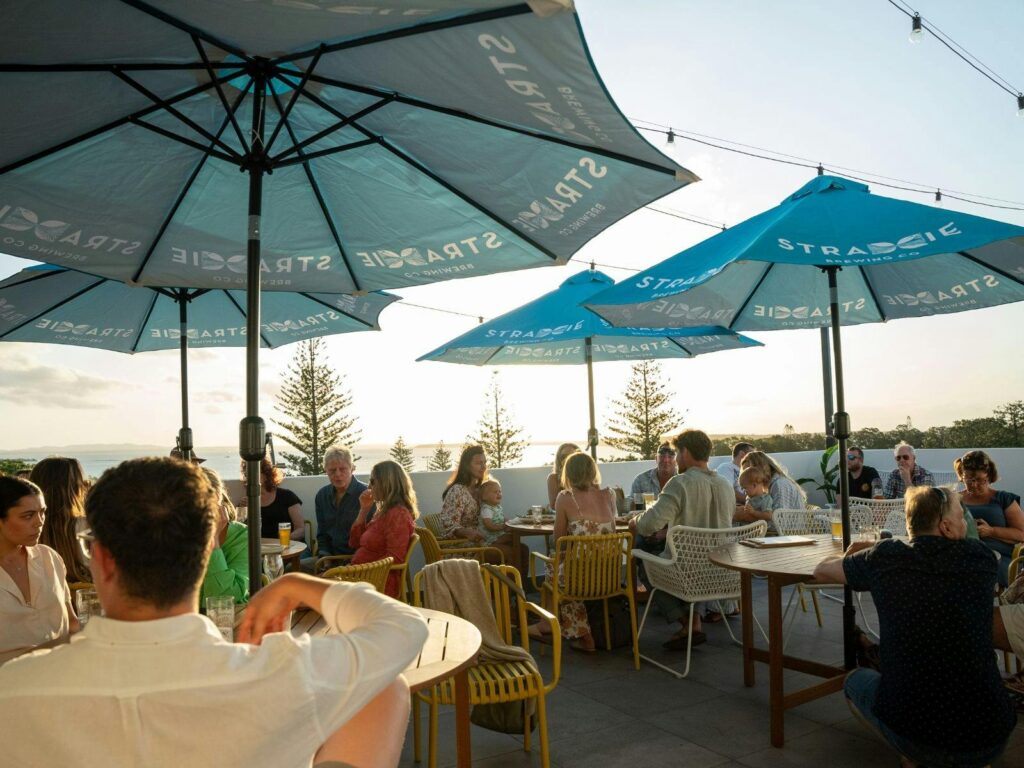About the Island
The bay and ocean waters around North Stradbroke Island contain 6 of the world's 7 species of marine turtles!
Straddie's Native Marine Turtles
Protecting our marine life
How lucky are we? We really need to protect our amazing marine life as they face so many challenges with today's modern world.
If you didn’t bring the car, the local Straddie bus service will get you from A to B. Or you can hire a rental car or perhaps pedal power is your passion? The distance between Dunwich (where the water taxis and car ferries arrive) and Point Lookout is approximately 22km so if you do cycle, you can travel and enjoy both the beauty and the adventure of Straddie at the pace you choose. Just take care as the roads have narrow or no shoulder in parts and are sometimes frequented by large trucks during business hours. There is also a taxi service for that personalised trip.
Turtle Nesting Season
The turtle nesting season has begun on Straddie with a female Green Sea Turtle (Chelonia Mydas) arriving on our shores on the 25th November 2017 to lay her nest. Green Turtles that nest on the Australian coast migrate from numerous feeding grounds dispersed through Indonesia, Papua New Guinea, Solomon Islands, Vanuatu, Fiji and New Caledonia as well as from Queensland, Northern Territory and Western Australia. They make long migrations between feeding grounds and nesting beaches. Migrations recorded from nesting beaches in the southern Great Barrier Reef have exceeded 2600 km but the average migration is about 400 km. So you can rest assure, our first lady to arrive has travelled here from afar; making the migration every 3 to 5 years from her feeding grounds. If she is healthy, she will mate and lay her eggs.
Last season 25 nests were monitored on the Island from Main Beach to Amity – the most preferred laying areas being the top end of Main Beach and Frenchmans Beach.
Loggerhead Turtles (Caretta Caretta) and more rarely, Green Turtles are the species of sea turtles that nest here. Both are endangered species and their nests need to be protected from feral animals, beach erosion, cyclone tidal surges, and from some human activities such as driving above the high tide lines. With Loggerhead Turtles, in south-eastern Queensland, mating starts about late October, reaching a peak in December. Nesting finishes in late February or early March. About 125 ping-pong ball-sized, round parchment-shelled eggs are laid. Hatchlings emerge from the nests from late December until about April with most emerging from February to early March.
Witnessing marine turtles nesting is one of the great marvels of the Queensland coast and of course, especially on Straddie, but care should be taken to avoid disturbing turtles seeking to nest.
Disturbance, while the female turtle is attempting to lay, can cause her to abandon egg-laying and return to the water. Disturbance, when she is attempting to come ashore, may scare her back to sea.
What to do when you see a nesting female turtle?
If you are lucky enough to come across a nesting female turtle please follow a few simple steps:
- Be prepared to wait. Sometimes a turtle will attempt to swim ashore to lay several times in one night.
- As the female turtle approaches the shore to nest, she can be easily disturbed and may turn back to sea. Keep clear of her, stand still, wait quietly and don’t shine a torch. And you will need to be patient – her approach to the shore and crawl up the beach can take up to an hour.
- The turtle uses all four flippers to excavate a body pit. Wait patiently, stand well back and keep torches off.
- Once the pit is finished, she will use her hind flippers to dig a vertical pear-shaped egg chamber about 60 cm deep. Even at this time the turtle is still easily disturbed, so watch quietly from behind without lights and don’t touch her.
- Once she starts to lay eggs, she is no longer disturbed by soft lights. Laying eggs takes 10-20 minutes.
- She will then cover her nest with sand using her flippers.
- Remember to stand clear of flying sand and be sure to give the turtle space to complete nesting.
- You can now turn on a torch. Take limited flash photos.
- As she crawls back to her ocean home, keep the light of your torch off her face, as she can be disoriented by light. You can follow her quietly to the water as long as another turtle isn’t coming in to lay.
Please remember that it is an offence under the Nature Conservation Act 1992 to disturb a nesting turtle.
Anyone with evidence of illegal activity is encouraged to contact EHP on 1300 130 372. All credible reports will be investigated.
Here are some tips to help protect these species so that we and our offspring may enjoy their company for years to come:-
If you see turtle hatchlings on the beach do not pick them up and keep dogs well away.
Take extra care when travelling at night time and early morning along the beaches during summer. You don’t want to drive over hatchlings or adult turtles!
Boat strikes can damage or kill green turtles, especially in estuaries, sandy straits and shallow inshore areas, with damage increasing with boat speed. Damage to the shell may lead to death or disruption to the feeding or breeding regime.
Green turtles can drown after becoming entangled in commercial and recreational crab pots and their float lines. Trap types that cause an impact include round crab pots, collapsible pots, and spanner crab traps.
Remember that rubbish you throw away can find its way to the sea. Plastic debris that is swallowed by mistake can cause blockages of the stomach and intestines of marine animals such as turtles. This ultimately causes death.
For all boaties and fishermen, please see Moreton Bay Marine Park User Guide.
Image David Biddulph. Loggerhead Turtle
Explore North Stradbroke Island
How to get to Straddie
All water taxis & ferries to the Island and getting around Straddie
Pets on Straddie
Your furry friend can travel with you on both the water taxi and vehicle ferry.
Learn moreAbout the Island
Yura! Welcome to North Stradbroke Island, affectionately known as Straddie, or Minjerribah as it is traditionally known.

